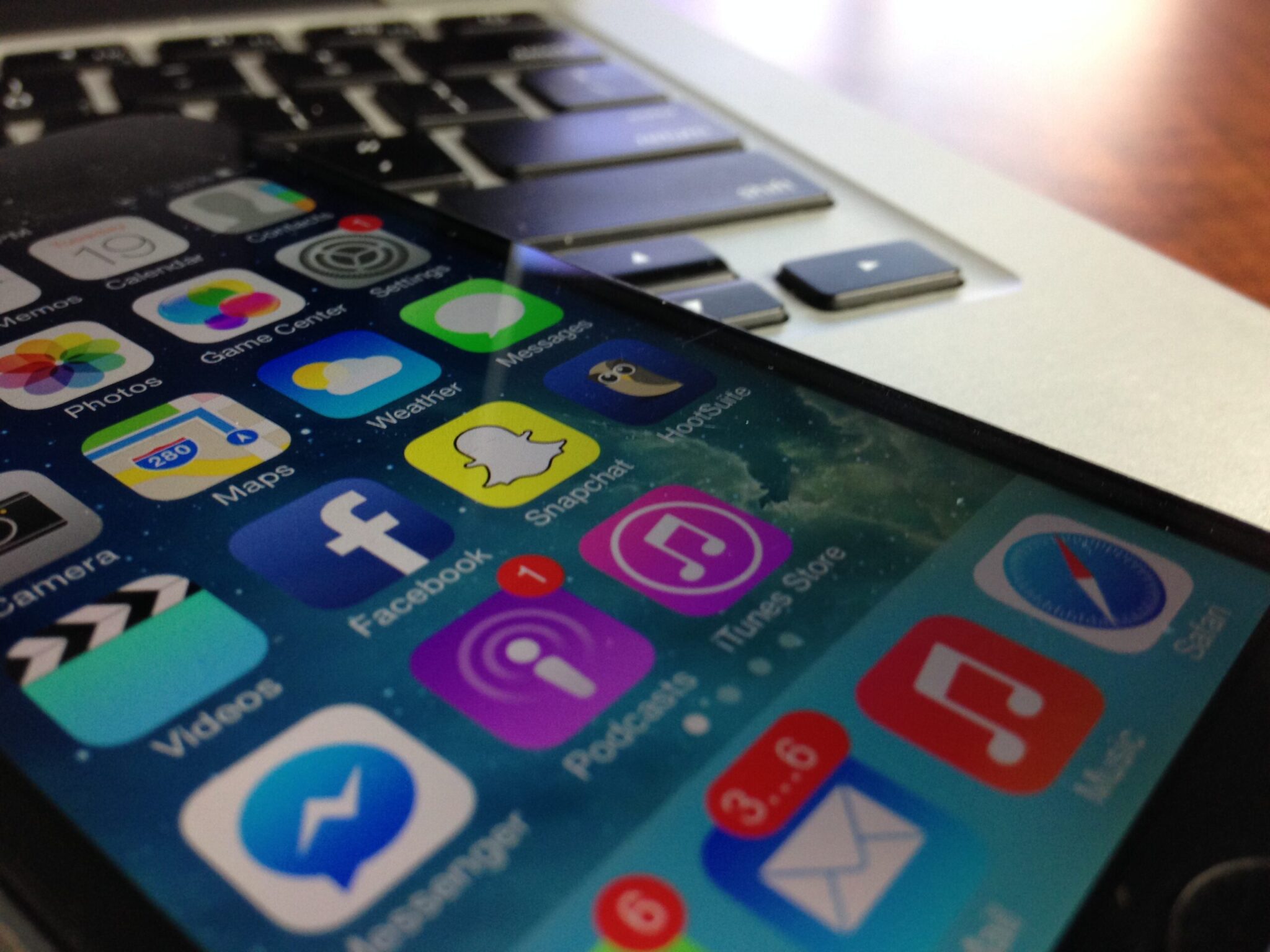
By Sean J. Miller
Snapchat ads are cheaper than Facebook’s. The company hasn’t moved to restrict its ad targeting like Google. It offers reach into a young demographic that’s expected to play a large role in 2020 following big turnout last cycle . To top it off, since last September it’s maintained a downloadable political ads library.
This could be the year Snapchat draws major political ad spending, right? The indicators are not so much. In fact, outside of major Democratic presidential campaigns, the Trump campaign and some Latino voter registration efforts, Snapchat’s not attracting much interest from political marketers.
“We are not seeing any interest in Snap on the Republican side, but it’s pretty clear the Democratic candidates for president utilized it for voter registration purposes with some frequency during the early state contests,” Dan Kagan, director of analytics at GOP firm Smart Media Group, told C&E.
Snapchat’s 2020 ad archive backs up Kagan’s assessment of Republicans’ level of interest. While the Trump campaign is using Snapchat, a review of the library found that only RedRock Strategies had recently placed a small buy for a geofilter on behalf of the Arizona GOP.
Meanwhile, SMG recently circulated a memo based on Snapchat’s 2019 political ads library that detailed how the Biden, Buttigieg and Warren campaigns had spent “a total of $81,857 and recorded 19M impressions during 2019.”
This spending was designed to target young voters but may have also hit users too young to vote. Buttigieg’s campaign was the biggest spender at $42,000, garnering 9.8 million impressions, according to SMG. But the bulk of that buy ($35,734) hit users registered as 17+ on the platform.
“Pete for America’s investment recorded 8.8M impressions in the “17+” age bracket, while Biden for President recorded 245k impressions targeting the same age range,” according to SMG. The Buttigieg and Warren campaigns have continued to place Snapchat buys in 2020, as have the Bloomberg campaign and the now-defunct Yang campaign.
Targeting young people about to turn voting age isn’t a luxury that most campaigns have, and for those interested in reaching younger voters, there are better avenues, according to some digital practitioners.
“There are a number of other places that we think will be more efficient and impactful,” said Cheryl Hori, who done work with a gun violence prevention group that partnered with a well-known Twitch streamer for a day-long fundraiser.
While in previous cycles there was more interest in trying out Snapchat as an ad channel, that interest has waned, she added.
“Snapchat had its 15 seconds of fame in 2016 and maybe even 2018, but with Instagram Stories, Facebook Stories and TikTok, I think Snapchat has been left in the dust a little bit.”
Now, some practitioners are using the platform for their down-ballot candidates. In January, GMMB placed a buy on behalf of Cook County State’s Attorney Kim Foxx’s reelection bid. That buy targeted ages 25-49 and had a generic public safety message.
Some low-budget campaigns are also placing their own spots. In Michigan’s 10th House district, Democrat Kimberly Bizon self-placed a small buy in January.
Still, Kelly Gibson, a partner at Democratic media firm Hamburger Gibson Creative, isn’t convinced. She recalled using a Snapchat ad buy in 2016 to support the yes campaign on a statewide ballot initiative legalizing marijuana in Massachusetts.
“It is wasted dollars,” she said.
Last cycle, Snapchat wasn’t considered for her clients’ media budgets. “I didn’t hear about it at all,” Gibson said.
Now, like Hori, she cites competitors to Snapchat as being more appealing.
“Unless someone convinced me, I would never say go to Snapchat.”